How to Grow and Care for Garden Roses
How to Grow and Care for Garden Roses
Selecting the Right Roses
Roses come in many different types. Success starts with choosing roses that suit your goals. Some roses, such as modern “hybrid tea" types, need mild climates, more attention and extra protection to survive winters. Classic florist-type roses fall in this category. Hardy, shrub-type roses withstand cold much better, require less attention and need little protection. From delicate buds to big, voluptuous blossoms, they're just as beautiful as other types and often have showy fall rosehips, too.
Roses also differ significantly in fragrance and growth habit, from super-fragrant heirlooms to almost scentless types, and from tall “climbing" roses to miniatures. Many varieties also have greater resistance to insect pests and disease. By considering all these factors, you can choose roses to fulfill your dreams. Try different kinds and record their secrets in your, so you can compare progress as your roses grow.
Choosing Your Planting Spot
Roses give you plenty of options on where to plant. Give them their own special spot and start a mini rose garden, or mix them in with other landscape plants. Roses are great additions to where vegetables and other edibles intermingle with ornamentals. They can add flowers and colorful fall foliage, but many rose varieties have edible aspects, too. Use in rose petal ice cream and rose hip tea, for example. You can also grow roses in decorative containers and rearrange them for impact when you entertain.
Whether you plan to plant in the ground or in a pot, roses need plenty of sunlight and air for healthy, glossy leaves and abundant blossoms. Choose locations that provide six to eight hours of sun or more each day. If you live where rays are intense, choose spots that offer some protection on hot afternoons. Space your roses so they have plenty of breathing room, especially in hot, humid climates. Good air circulation helps keep roses healthy and disease-free.
Preparing Your Planting Area
Garden roses are planted in the ground in late spring, after frost and before summer heat. Early fall well before winter threatens, If possible, prepare your soil in advance. Roses flourish in soil that's slightly acidic to near neutral pH. In this range, soil nutrients — and extra nutrients that fertilizers add — stay available and easy for plants to use. Most plants and lawn grasses prefer this same range.
they'll benefit from additional nutrients as they grow. Feed regularly throughout your growing season with a fertilizer that provides the special blend of nutrients roses prefer.
Look for the middle N-P-K number on the label will be higher than the other two. That number, the “P" in the equation, stands for phosphorus, an essential plant nutrient that promotes good roots and lots of bigger blooms. By feeding your roses just the right balance of nutrients, you'll help support strong stems, glossy leaves and beautiful flowers.
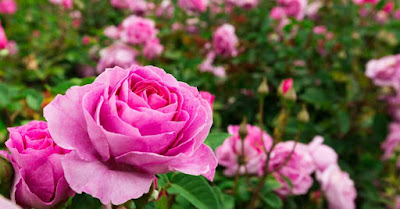

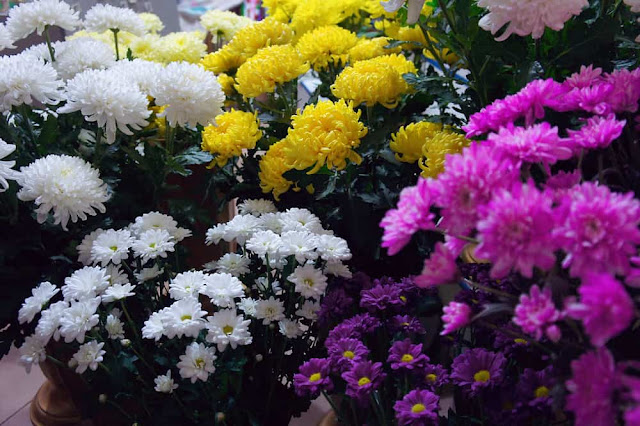
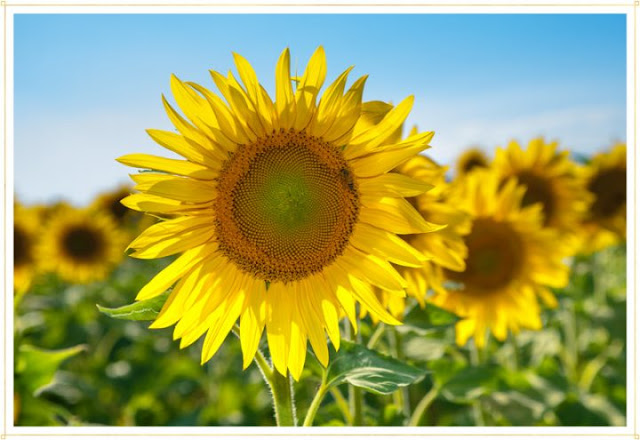
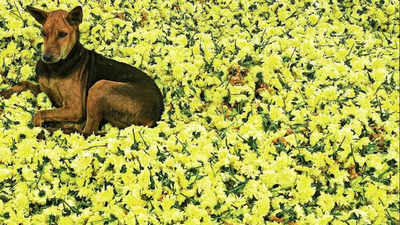
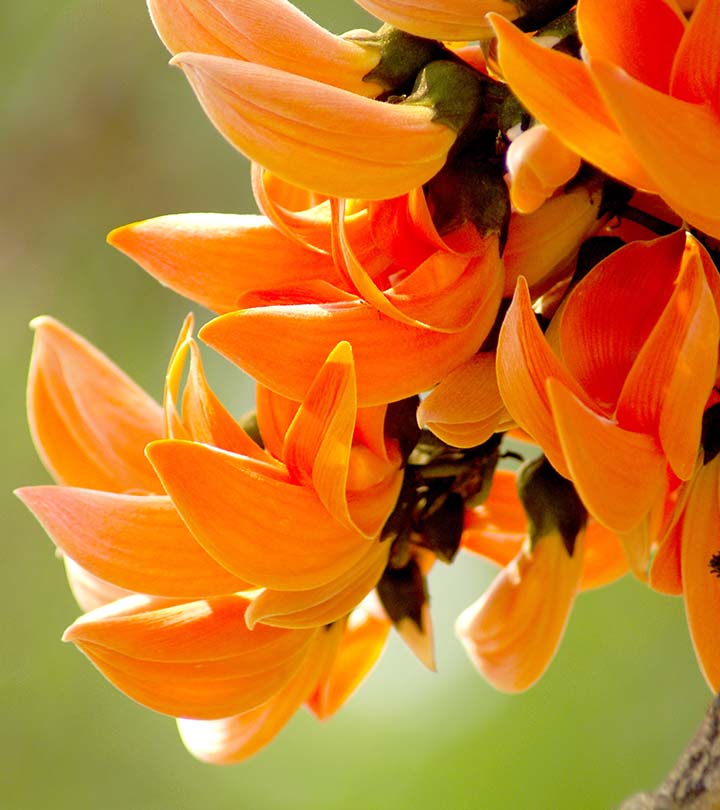


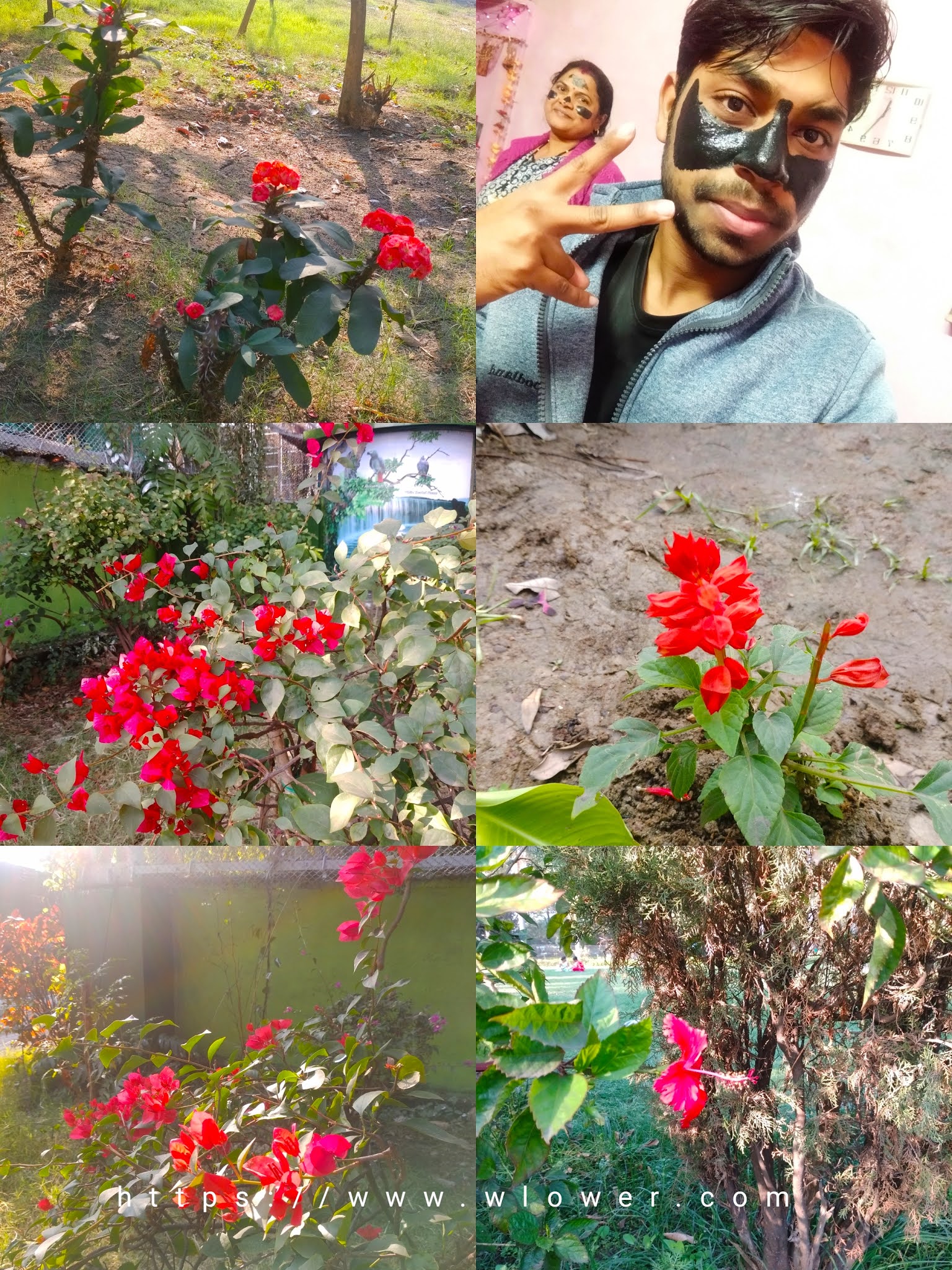

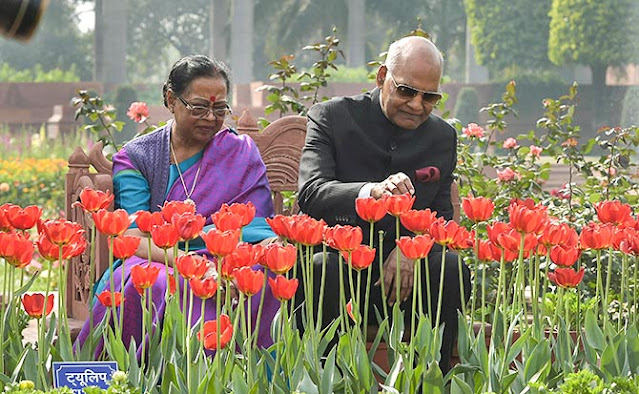
Comments
Post a Comment
If you have any doubts, Please let me know